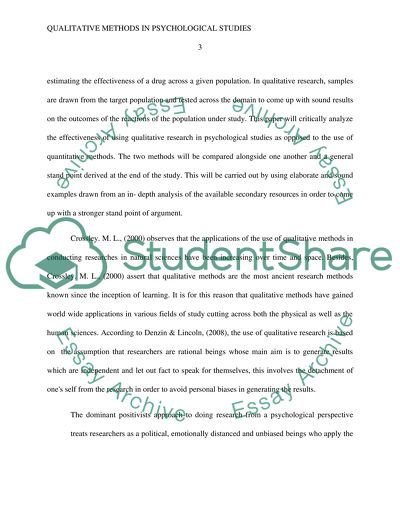Cite this document
(“Discuss the use of qualitative methods in psychology and critically Essay”, n.d.)
Retrieved from https://studentshare.org/psychology/1491862-discuss-the-use-of-qualitative-methods-in
Retrieved from https://studentshare.org/psychology/1491862-discuss-the-use-of-qualitative-methods-in
(Discuss the Use of Qualitative Methods in Psychology and Critically Essay)
https://studentshare.org/psychology/1491862-discuss-the-use-of-qualitative-methods-in.
https://studentshare.org/psychology/1491862-discuss-the-use-of-qualitative-methods-in.
“Discuss the Use of Qualitative Methods in Psychology and Critically Essay”, n.d. https://studentshare.org/psychology/1491862-discuss-the-use-of-qualitative-methods-in.


